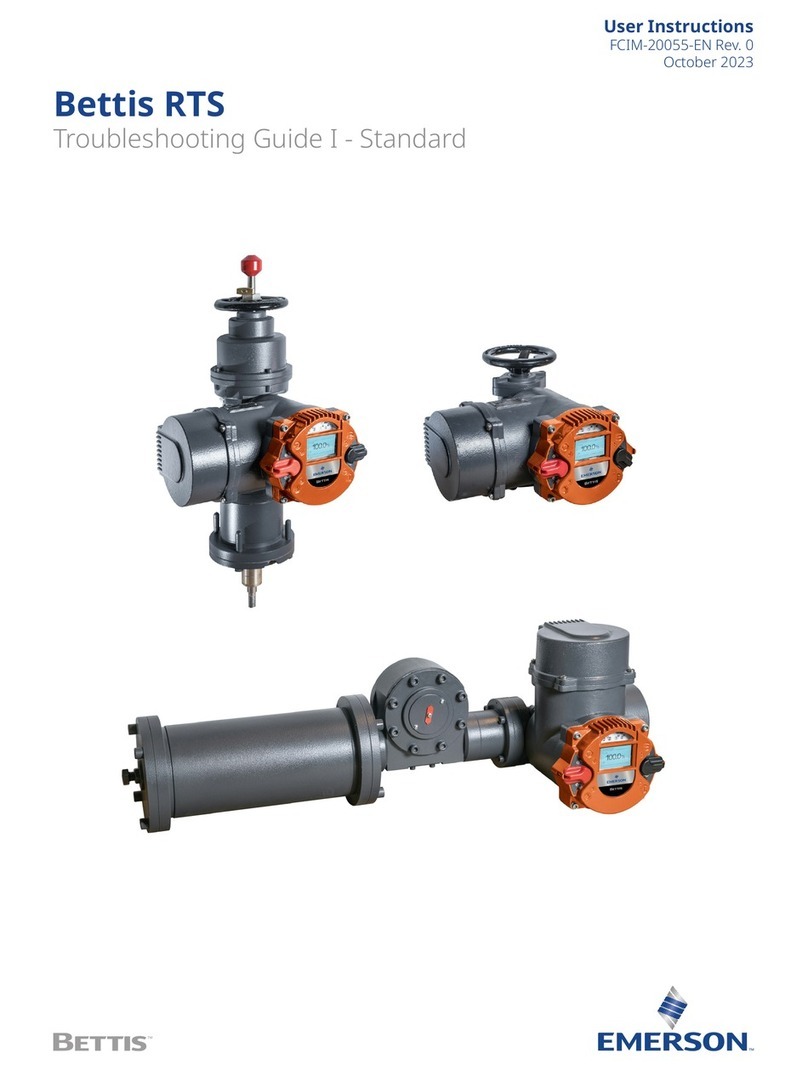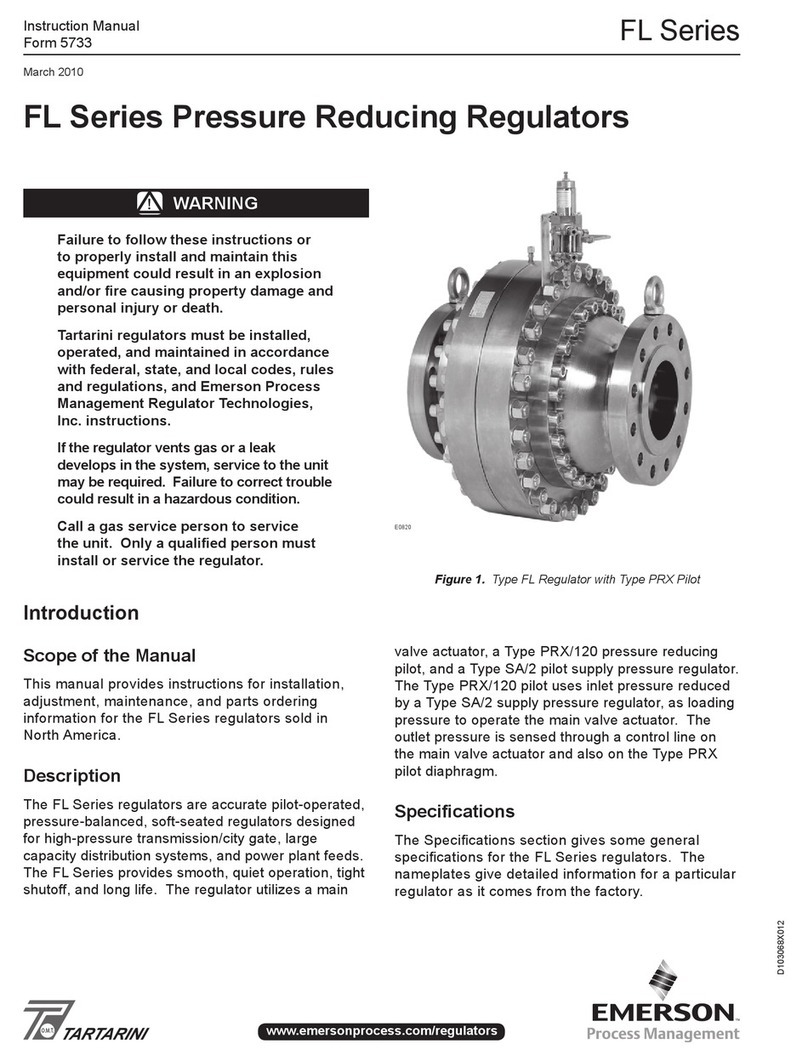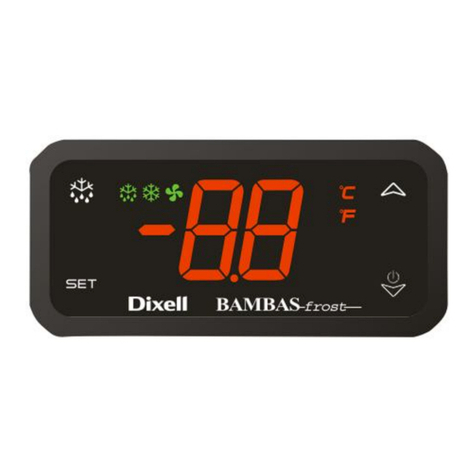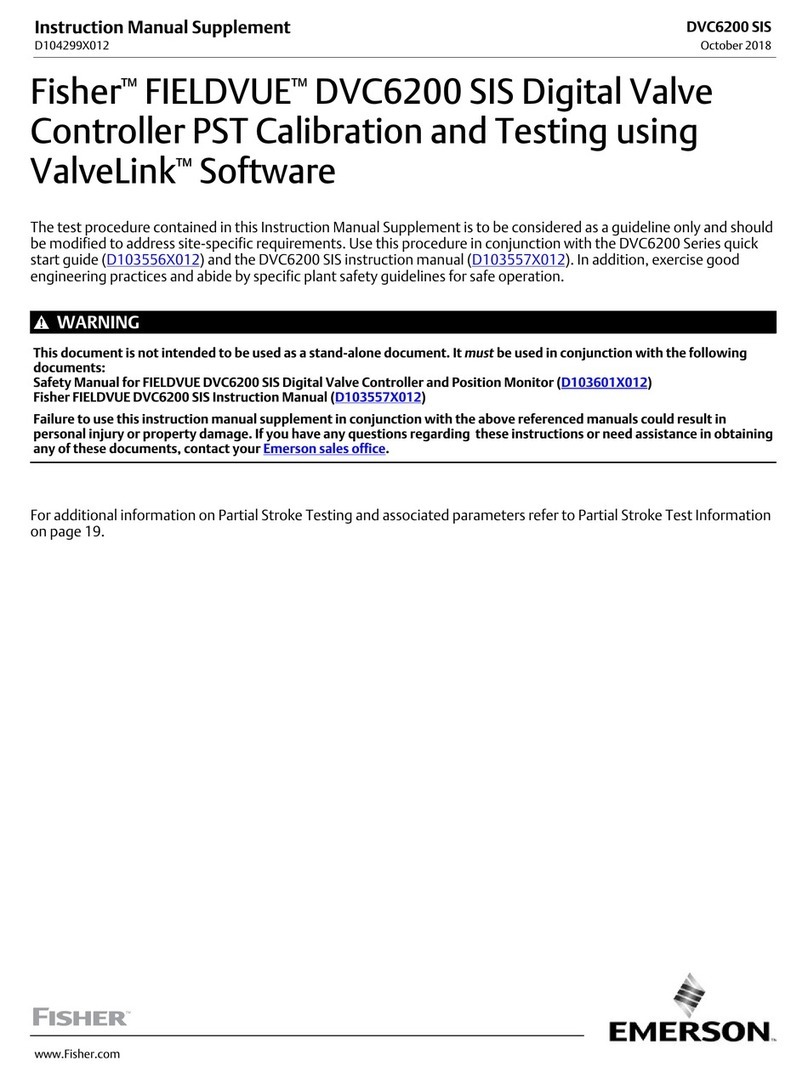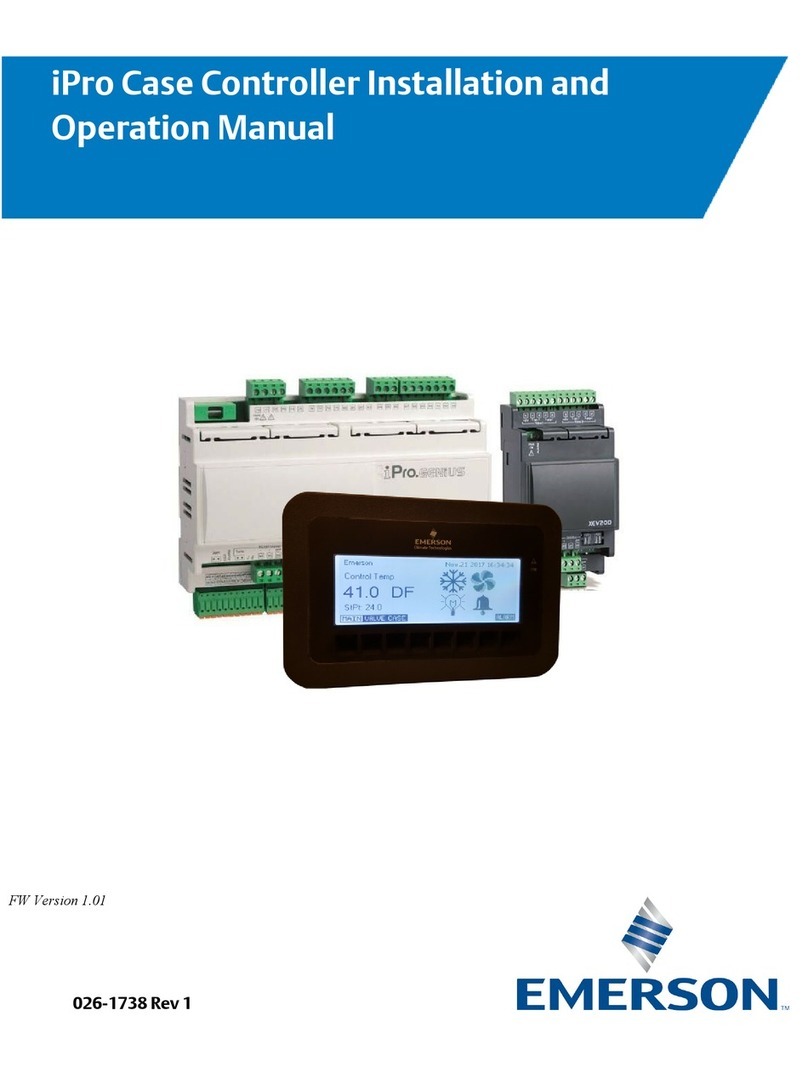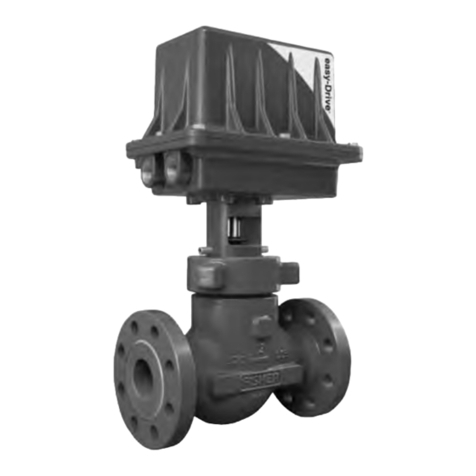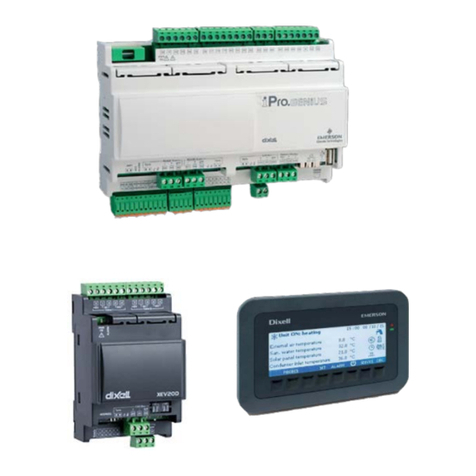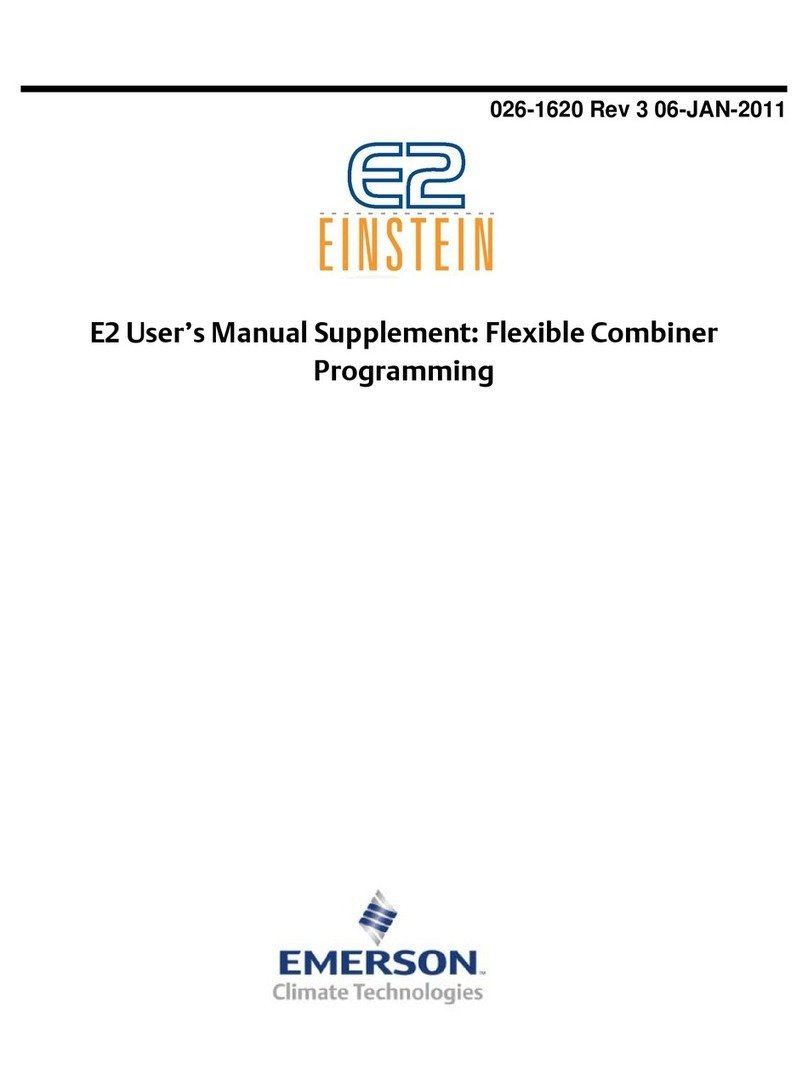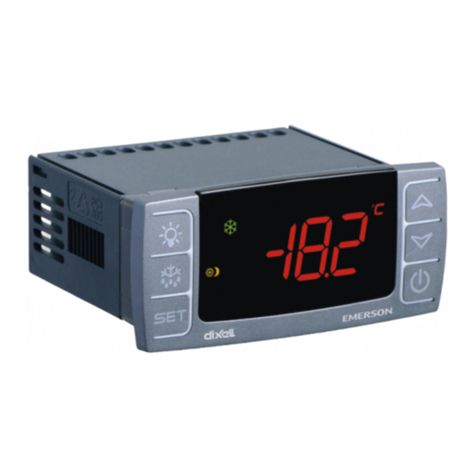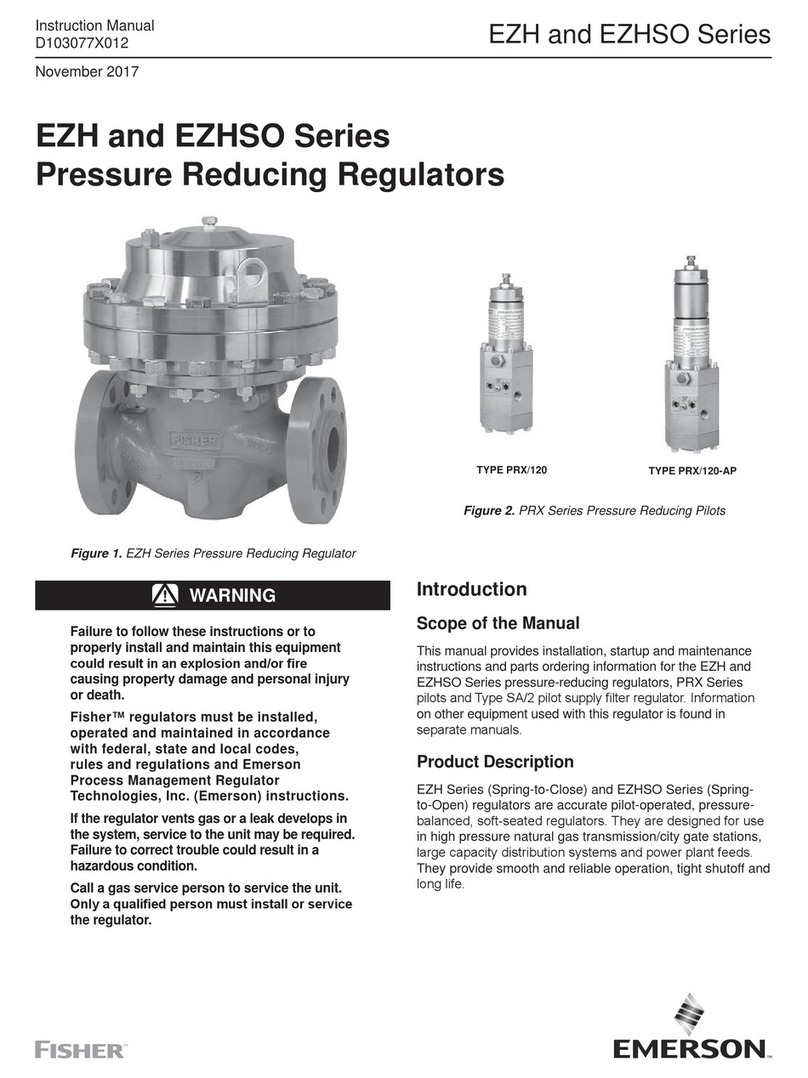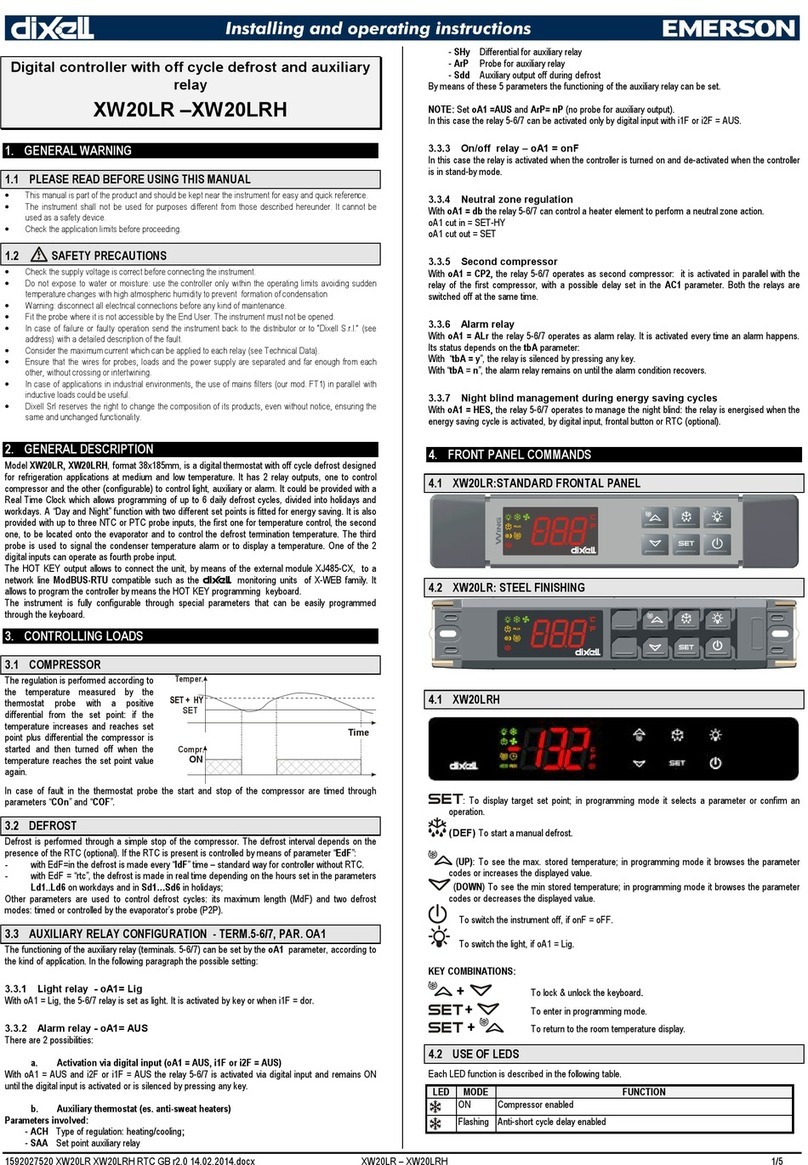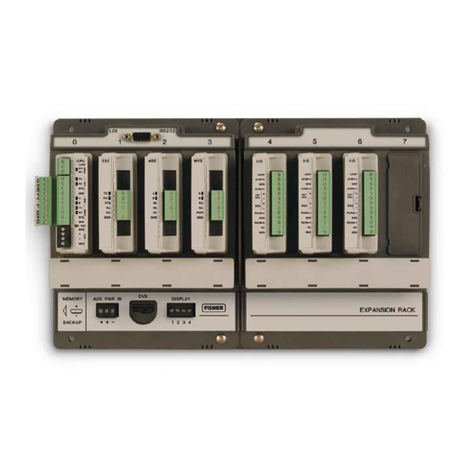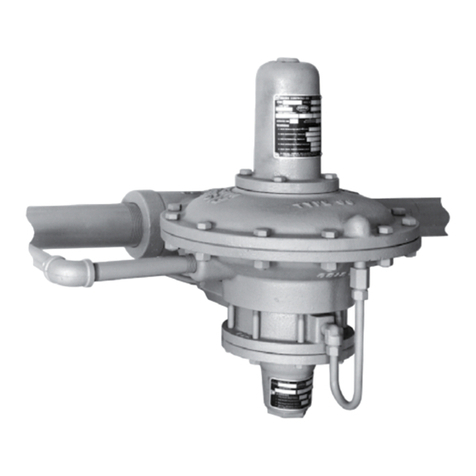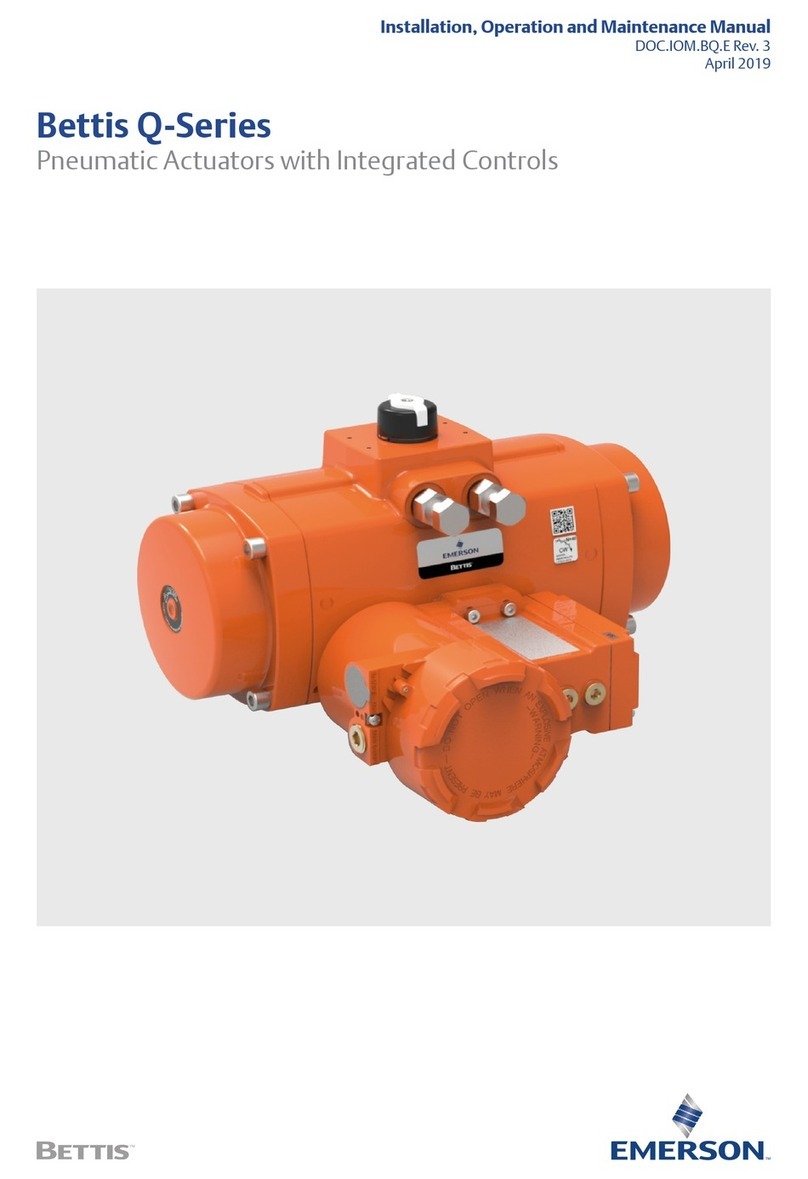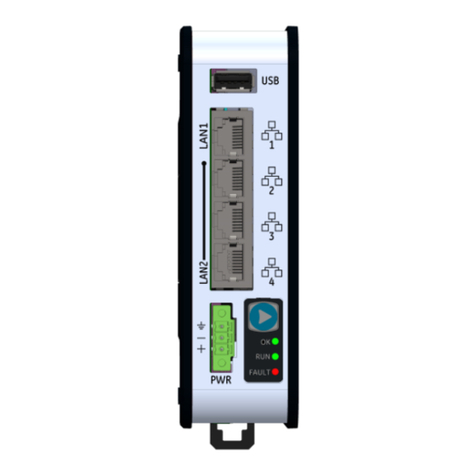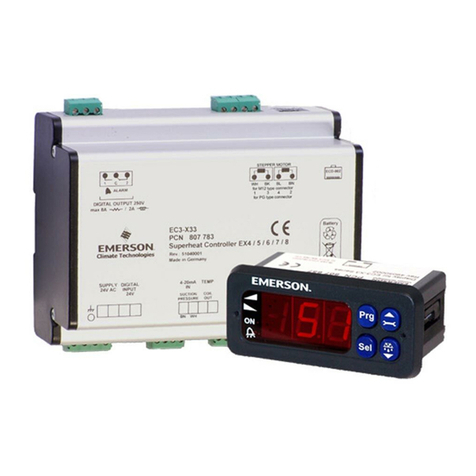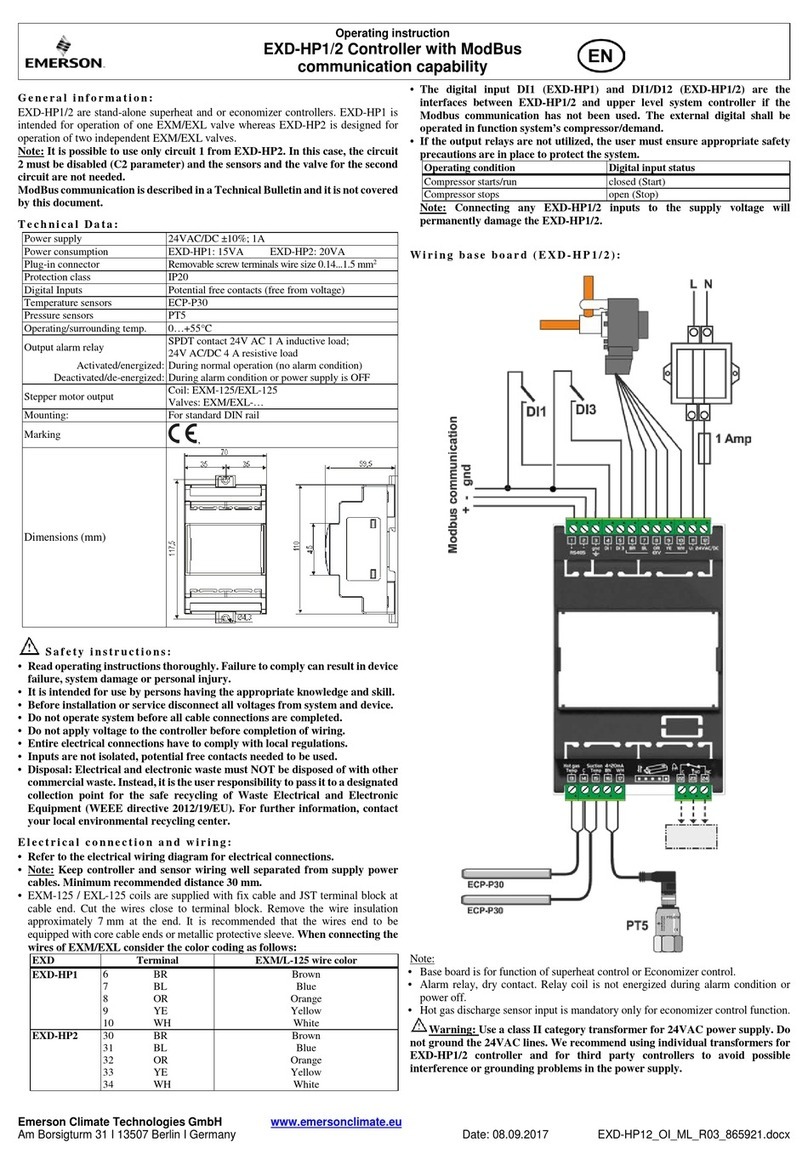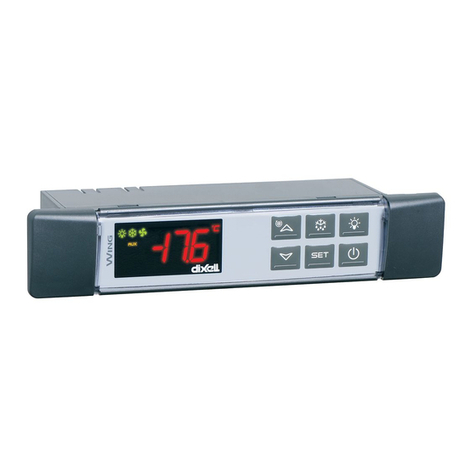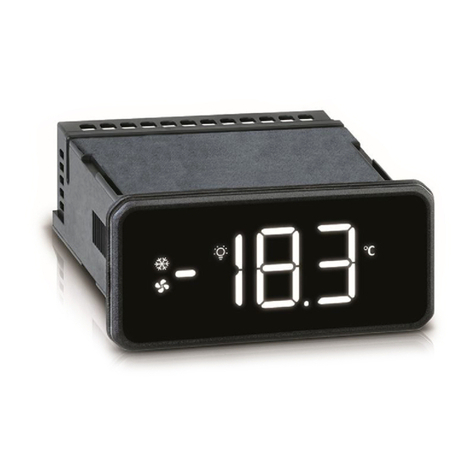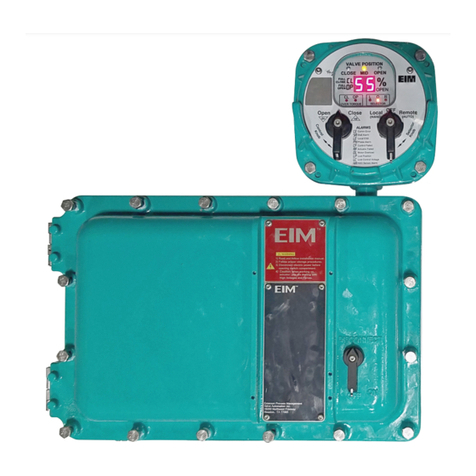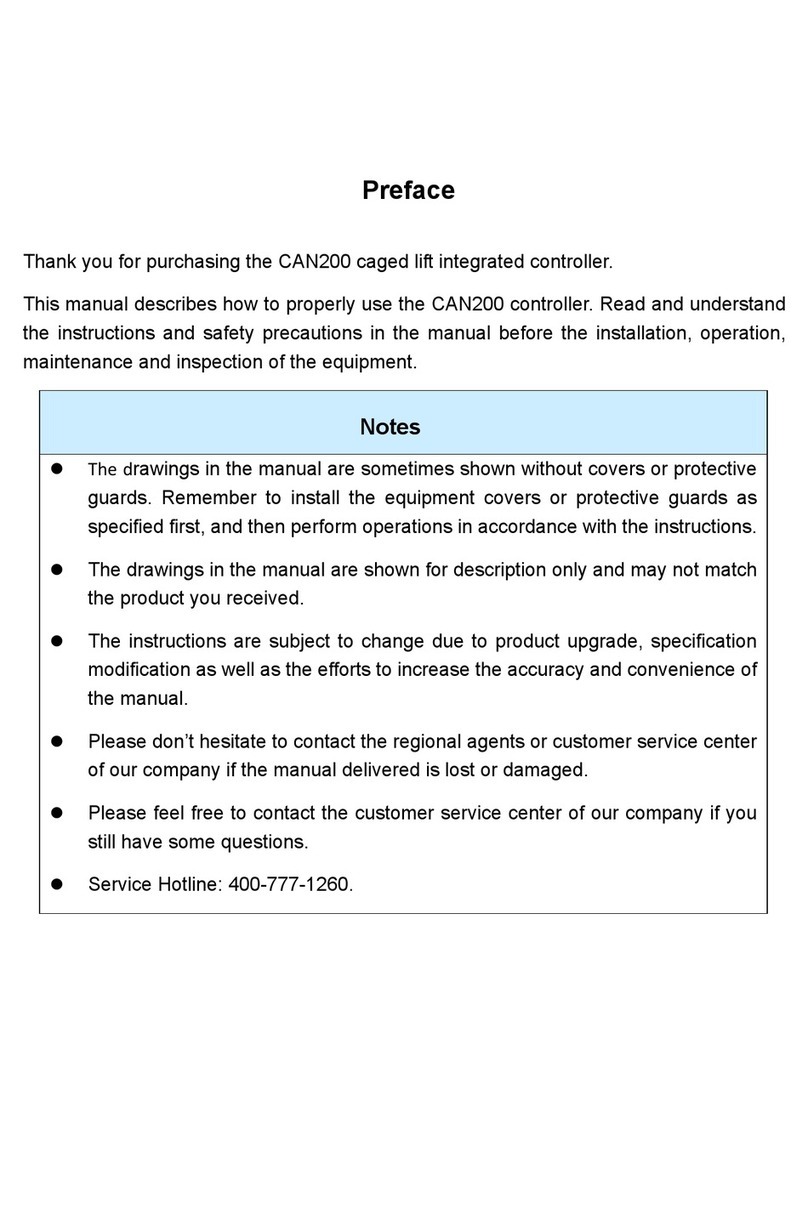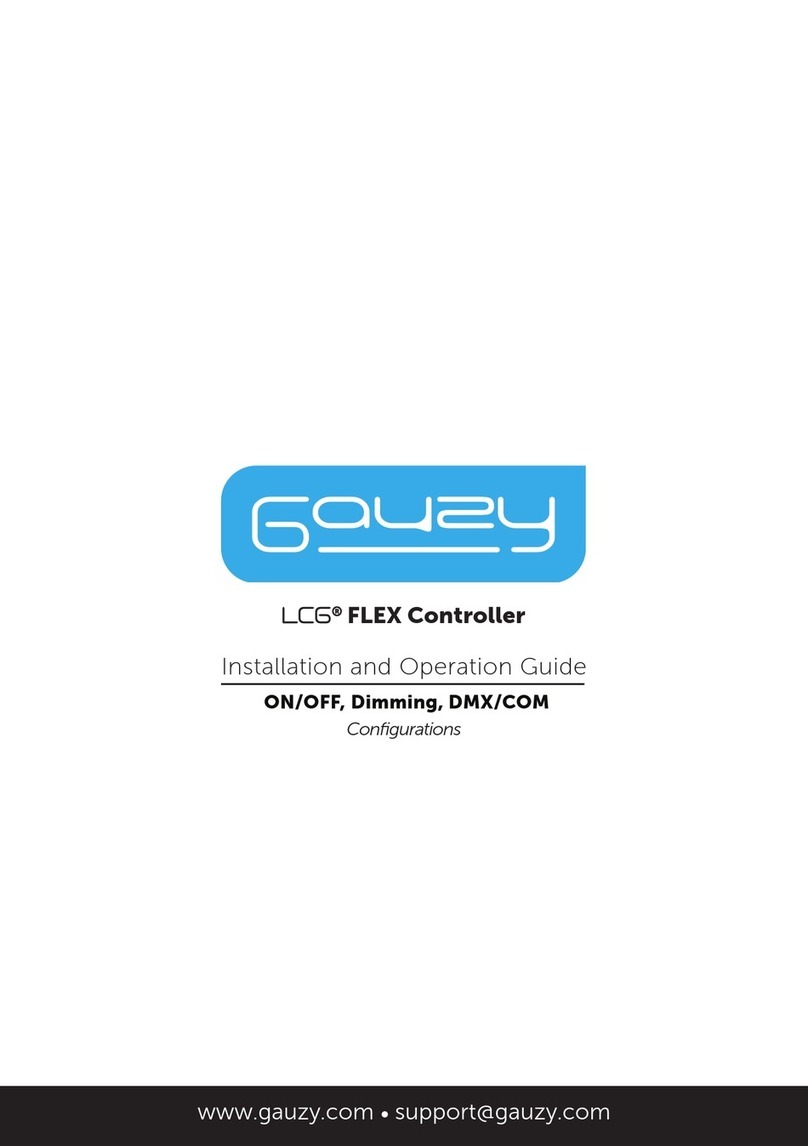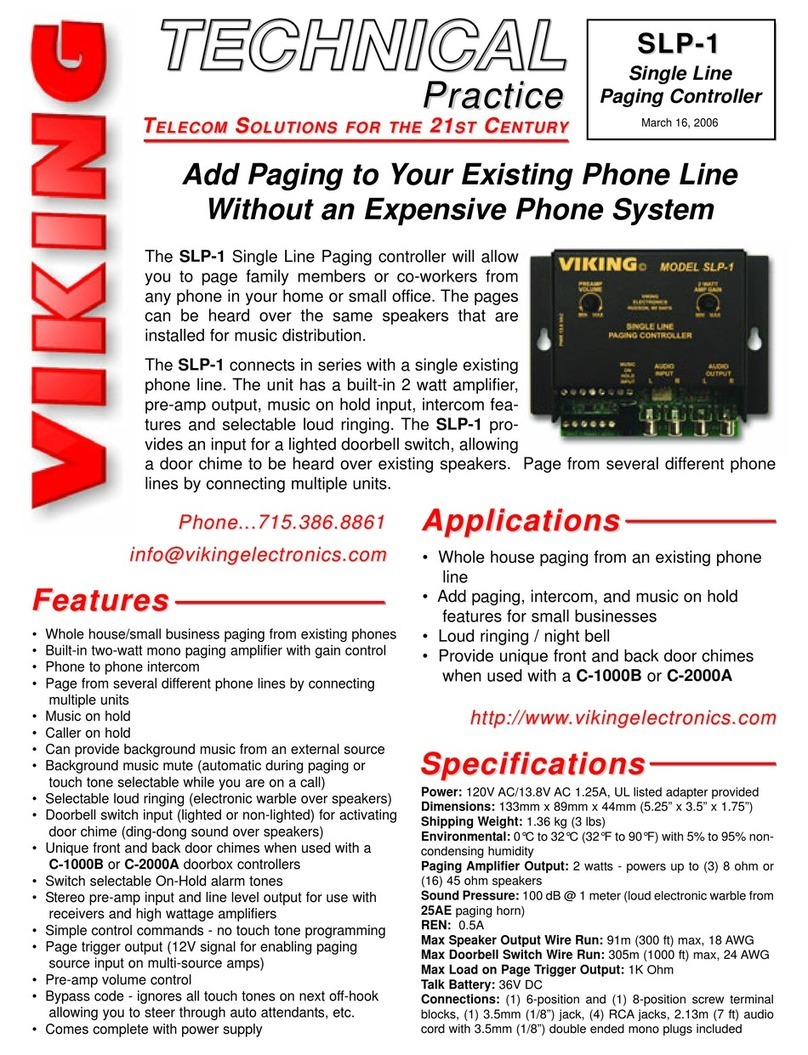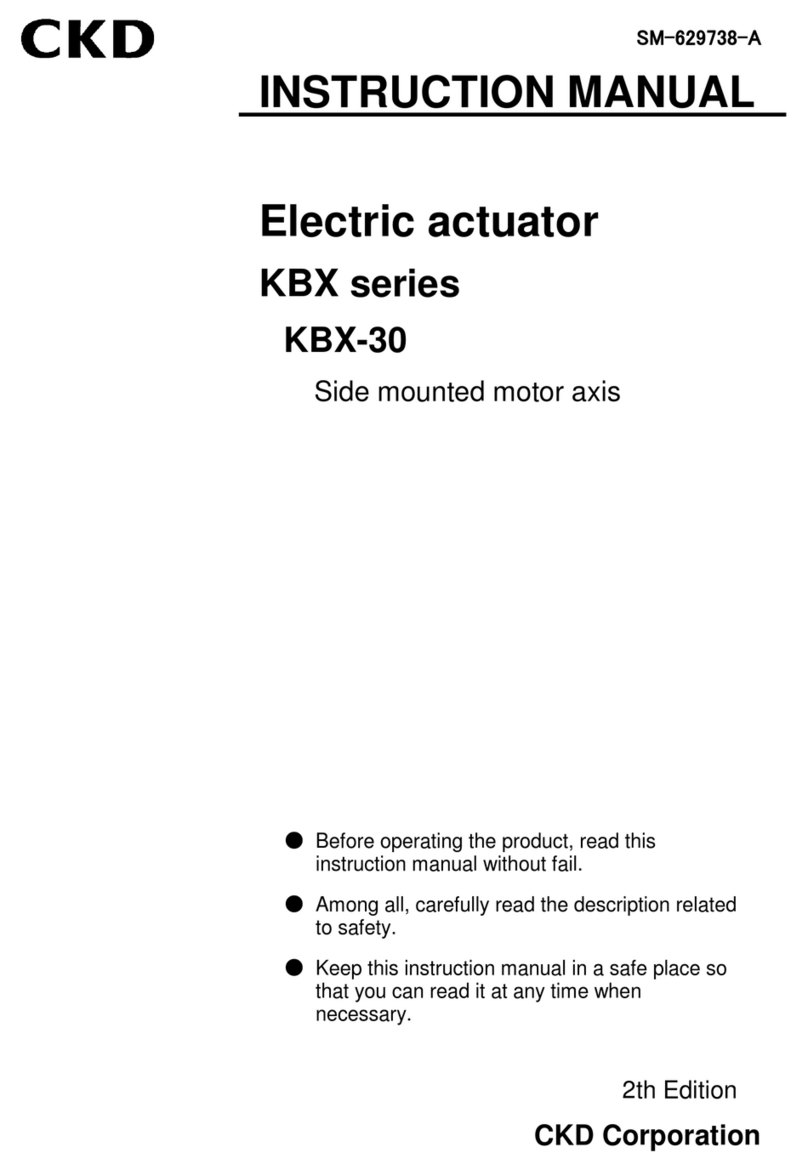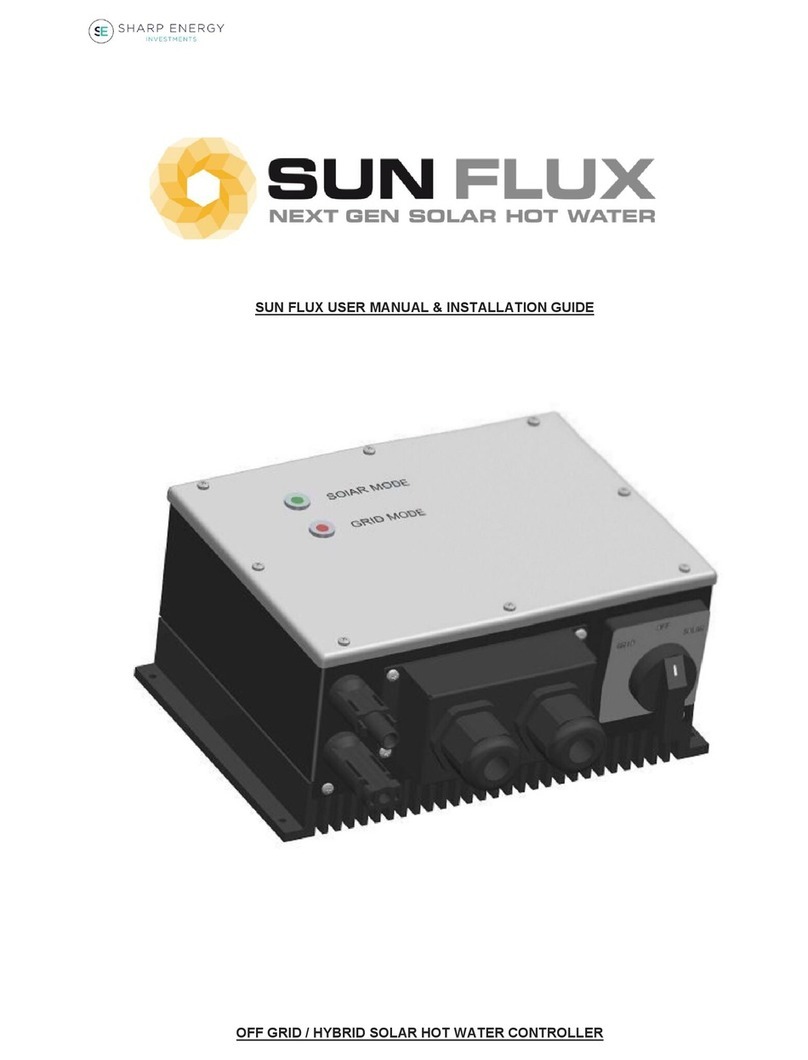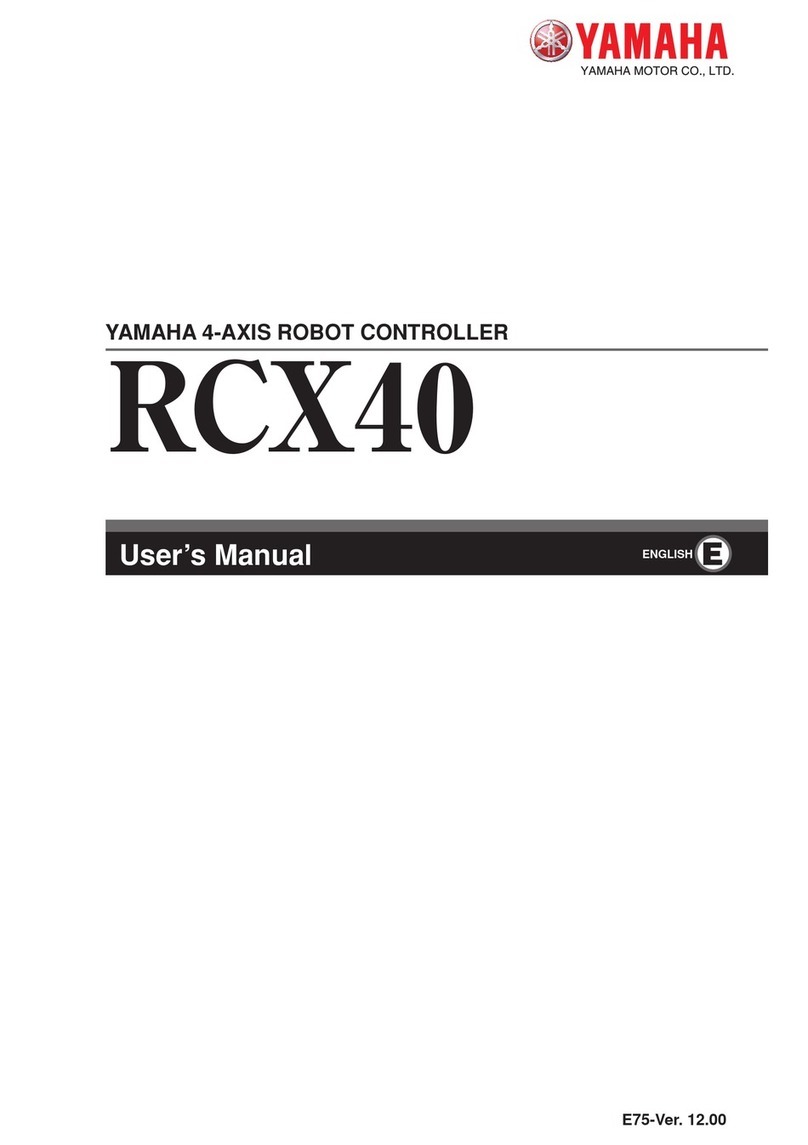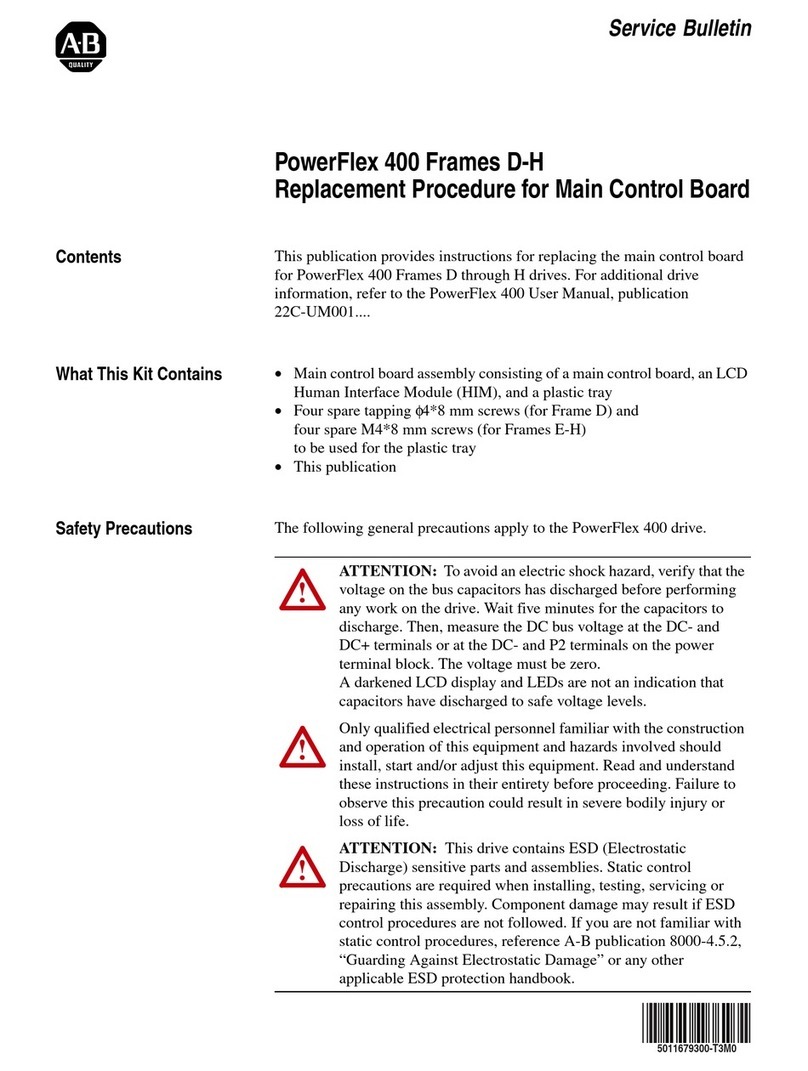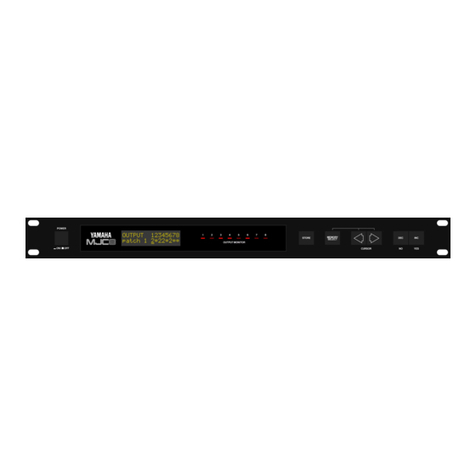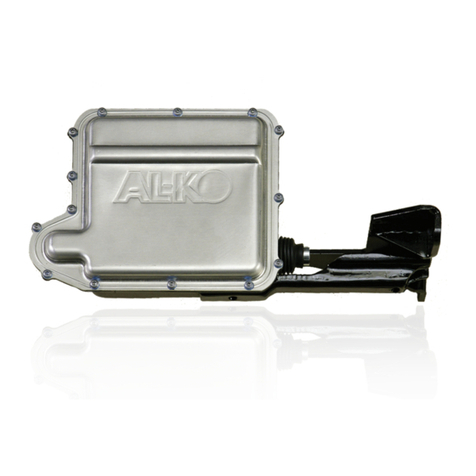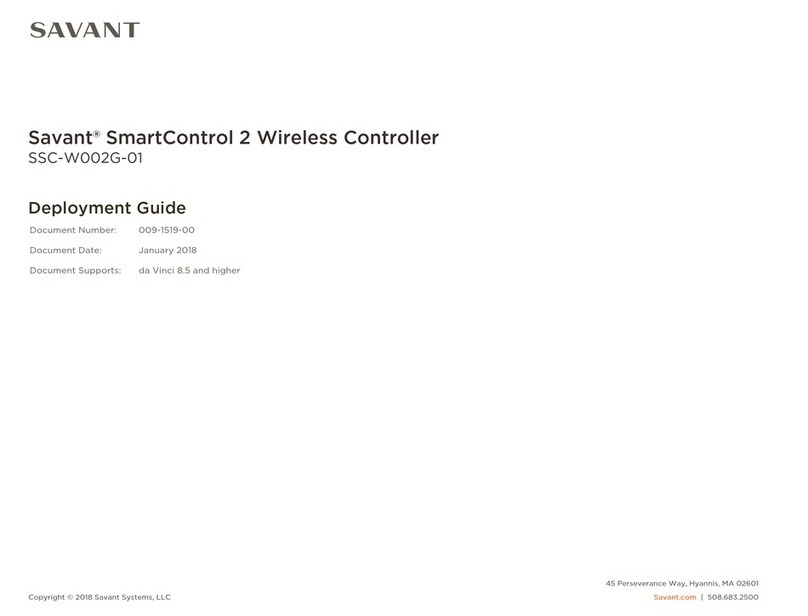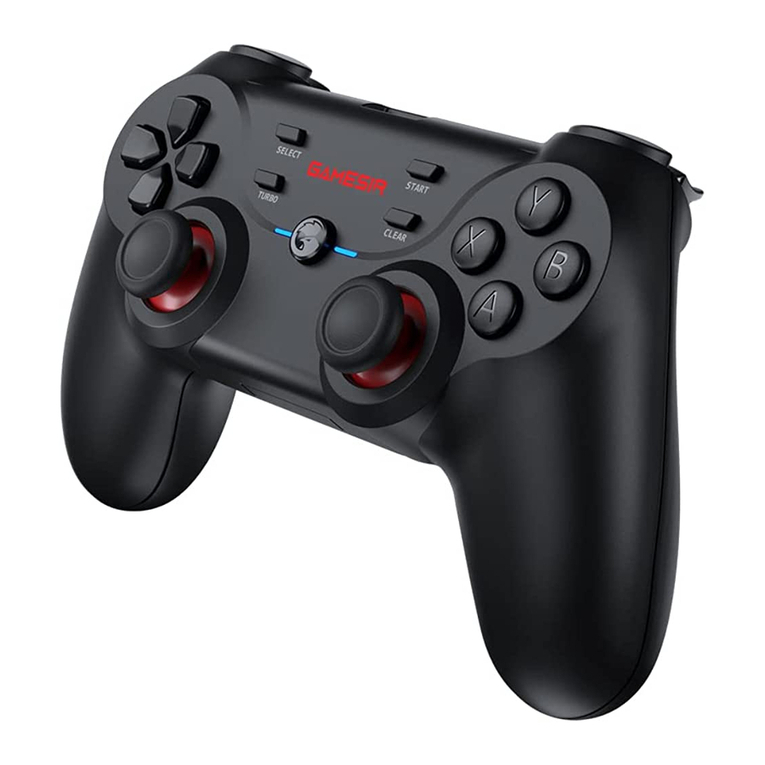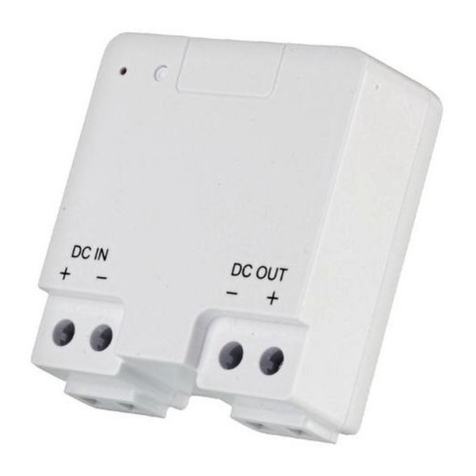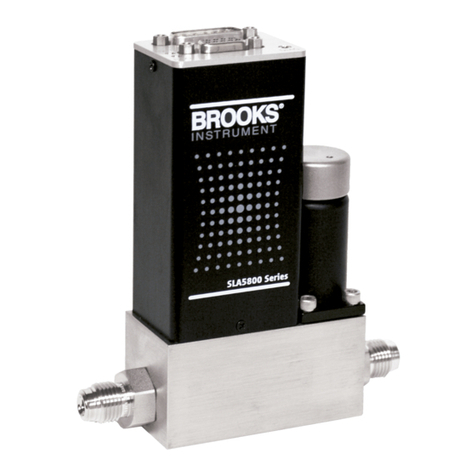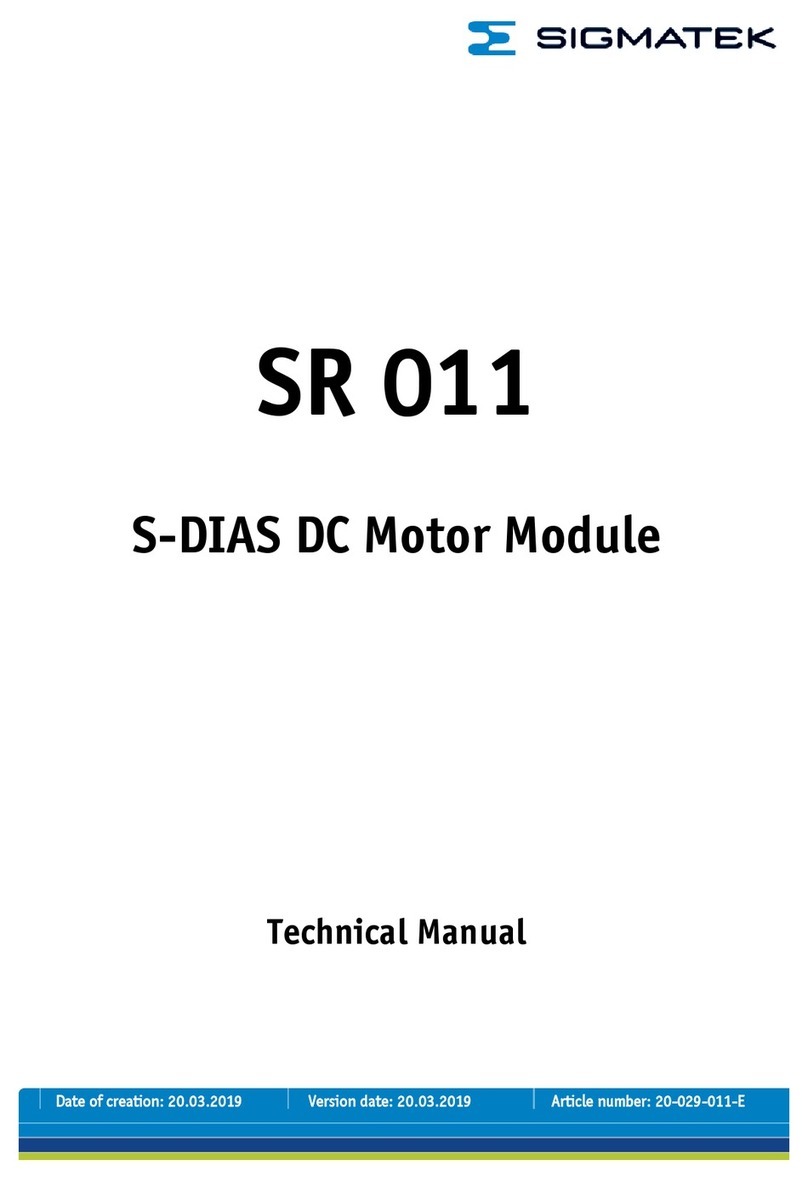
M8 x 1.25 9 (80)
M10 x 1.25 17 (150)
M12 x 1.75 25 (222)
M16 x 1.50 55 (485)
M20 x 1.50 70 (620 )
KEYSTONE PNEUMATIC ACTUATORS
FIGURE 738
Repair and maintenance instructions for F738 cylinders
DISSASSEMBLY INSTRUCTIONS
1.
Remove the pneumatic cylinder from the valve.
2. Ensure the cylinder is in a clean
environment.
Actuator identification
3. Identify construction of cylinder model.
There are two types of Keystone pneumatic
cylinder:
a. Tie rod type - identifiable by external tie
rods.
b.
Screwed end type - no external tie rods.
The enclosed seal kit has seals to suit both
types of cylinder. Discard unsuitable seals.
Double acting actuator
4. Dismantle the cylinder - if it is a tie rod style,
remove the tie rodnuts. If it is a screwed
style, unscrew the end covers.
SAFETY PRECAUTIONS
When an actuator is being installed or removed
from service, ensure all pneumatic and electrical
lines are isolated prior to commencing work.
NOTE
Use caution with spring return actuators as the
cylinder will return to its failed position when the air
supply is turned off or disconnected.
TORQUE TABLE
Tie rod thread Torque Nm (lbs)
© 2017 Emerson. All Rights Reserved.Emerson.com/FinalControl VCIOM-02866-EN 17/11
NOTE
The piston and rod assembly do not normally require
dismantling. Check the condition of rod and barrel.
Replace if scored or damaged.
Spring return actuator
WARNING
Spring return cylinders contain potential energy
due to spring compression.
Emerson advises spring return cylinders are
returned to the factory for repair and maintenance.
Incorrect removal of head or end cap of spring
cylinder may result in injury or death.
NOTE
Remove all traces of solvents or detergents before
reassembly.
5. Select the appropriate seal kit for the
actuator model you have.
- Rod seal diameter varies for P3 cylinder
only (100 bore).
- Barrel o-rings are smaller section for
screwed end type pneumatic cylinder.
6. Lightly grease new seals with Castrol LMM
or equivalent.
7. Reassemble pneumatic cylinder in reverse
order of dismantling.
Take care not to damage threads, or to
pinch or damage seals.
8. For tie rod type pneumatic cylinder, fit tie
rod washers and nuts, then progressively
tighten the nuts on opposite sides.
Tightento the required torque as per the
table below.
For screwed endcap style pneumatic
cylinder, ensure threads are thoroughly
cleaned with minimal lubrication. Use a pin
spanner to assist fitting the end caps to the
barrel and ensure the ports are aligned.
9. Refit pneumatic cylinder to valve and
reconnect air supply, avoiding ingress of any
contamination into ports.
10. Slowly stroke the actuator to ensure correct
alignment and operation.
NOTE
To minimize risk to personnel, Emerson recommend
the use of purpose built guards and shrouds.
Refer to the Emerson data sheet or consult factory
for details.
